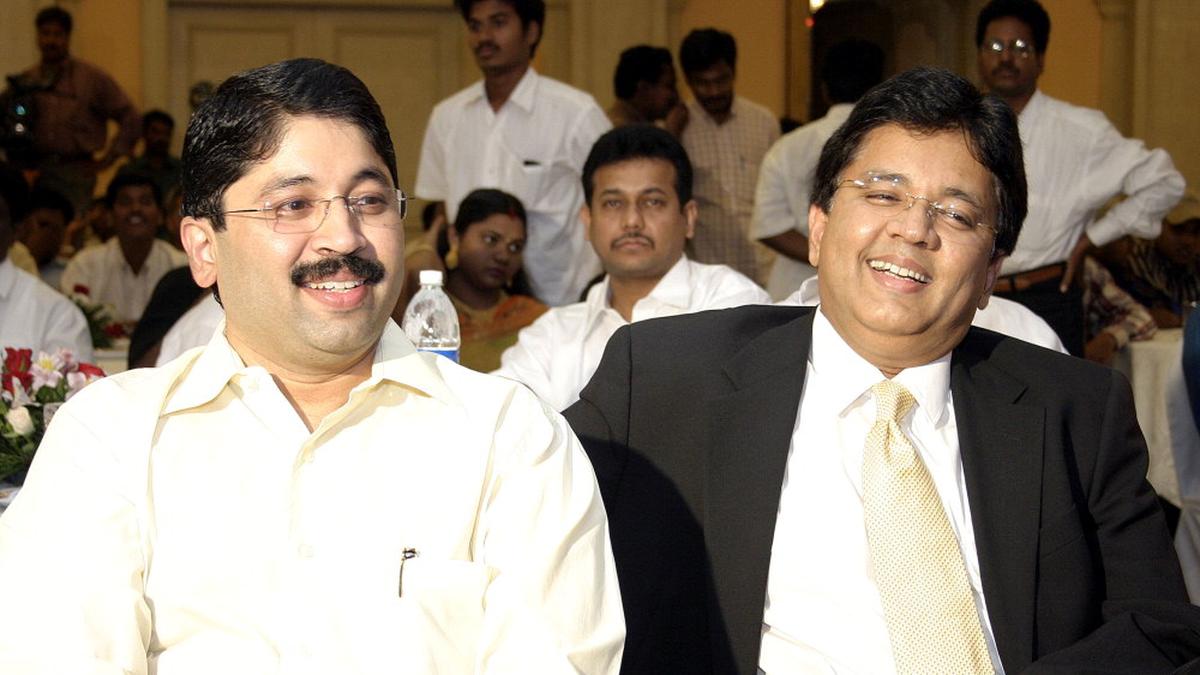Now Reading: 600 Eklavya School Students Clear IIT-JEE, NEET: Centre
-
01
600 Eklavya School Students Clear IIT-JEE, NEET: Centre
600 Eklavya School Students Clear IIT-JEE, NEET: Centre

Swift Summary
- Achievement: Nearly 600 students from government-run Eklavya Model Residential Schools (EMRS) for Tribal Students have cleared top entrance exams (IIT-JEE Mains, IIT-JEE Advanced, NEET) across 12 states in India.
- Breakdown of Results:
– 218 students cleared IIT-JEE Mains; 25 expected to secure NIT seats.
– 34 students qualified for IIT-JEE Advanced; 18 projected to enter IITs.
– 344 students passed NEET; at least three likely placed at AIIMS and others in elite medical institutions.
- states Represented: chhattisgarh, Madhya Pradesh, Jharkhand, gujarat, Telangana, Odisha, Karnataka, Andhra Pradesh, Uttarakhand, Uttar Pradesh, Himachal Pradesh and Maharashtra.
- Supportive Measures: EMRS partnered with coaching centres through the National Education Society for Tribal Students (NESTS) to provide targeted exam preparation training.
- New Effort in Scholarships: Tribal Affairs Ministry is initiating an outreach program to assist eligible EMRS graduates with government scholarships applications and guide them through the process.
- Administrative Context: The EMRS scheme includes over 400 residential schools nationwide serving approximately 1.38 lakh tribal students. Around 85% of attendees belong to tribal communities or Especially Vulnerable Tribal Groups.
Indian Opinion Analysis
The recent success of nearly 600 tribal students clearing prestigious national entrance exams highlights the growing impact of education-focused initiatives like Eklavya Model Residential schools (EMRS). This achievement underlines how targeted interventions-such as specialized coaching partnerships-can bridge gaps previously faced by marginalized groups and empower them academically.
However, this milestone goes beyond personal achievements; it also signifies progress towards equitable representation in India’s competitive professional fields like engineering and medicine. By ensuring direct access to post-matriculate scholarships through Ministry outreach efforts rather than leaving applications entirely up to individual initiative-a critical step is being taken toward reducing systemic barriers.
Looking forward, these results may bolster the confidence around tribal-specific educational models while emphasizing areas requiring sustained effort: consistent quality improvement across EMRS facilities and further inclusivity measures for vulnerable sub-groups within tribal populations. For India’s long-term socio-economic development goals to succeed fully-the need remains pressing for continued investment into scalable projects that uplift underrepresented communities like these.
Read More: Source Link
























